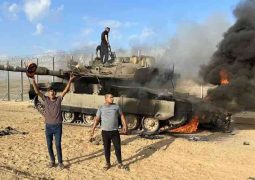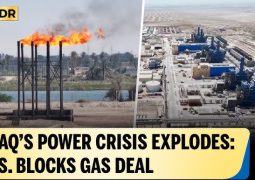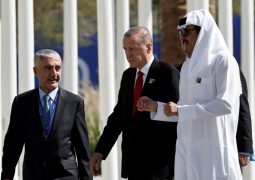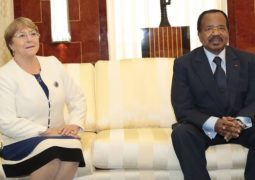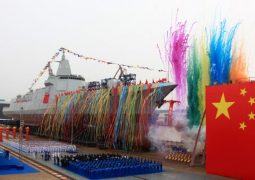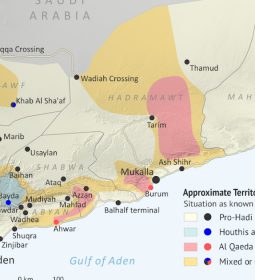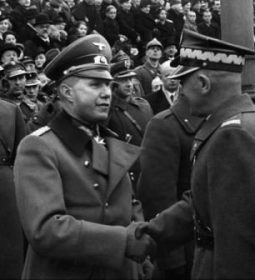Russia vies with US as it steps up arms exports to Southeast Asia West alarmed as country overtakes Britain to become No. 2 military supplier
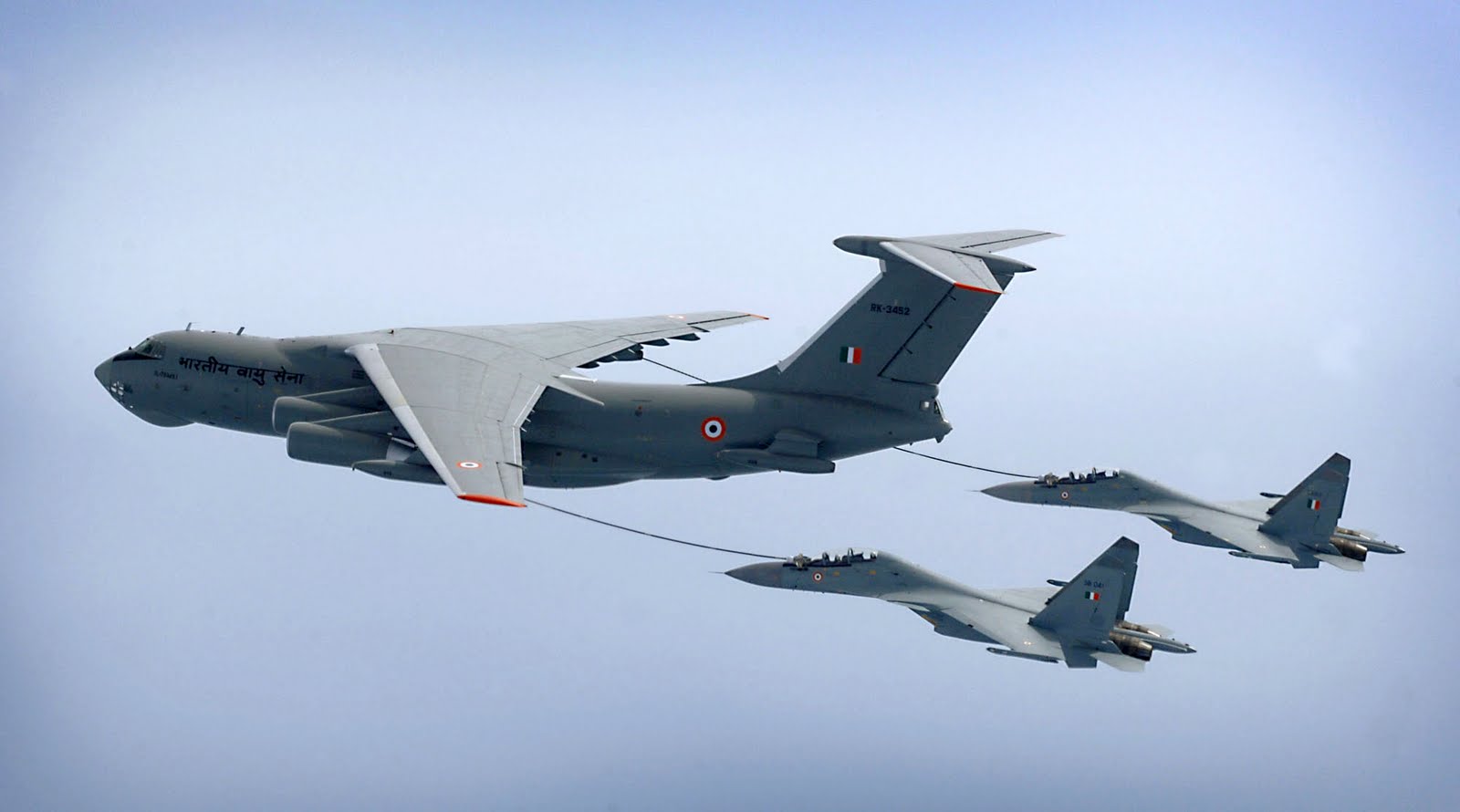
MOSCOW — Russia is ramping up its weapons sales to Southeast and South Asia, with Moscow overtaking Britain as the world’s second-largest exporter.
The Kremlin’s aggressive sales campaign has raised fears of an arms race in Canberra and Washington, where the Trump administration has unveiled its own “buy American” effort to sell more U.S. weapons systems worldwide.
The Asia-Pacific is a theater of intensifying rivalry between the two military superpowers, partly fueled by countries buying arms to counter security threats from Chinese naval expansion in the South China Sea but also from international terrorist groups.
Russia — the largest arms exporter to the region — is supplying missile defense systems, tanks and fighter jets to countries ranging from India to Laos and Vietnam. Russia was the largest supplier of arms for the region from 2013 to 2017, according to the Stockholm International Peace Research Institute.
In January, Russia delivered four Yak-130 fighter jets to Laos based on a contract signed in 2017. In addition, Laos is being supplied with tanks, lightly armored vehicles and other types of weapons, the Russian defense ministry said.
Russia was home to 10 of the world’s 100 largest weapons manufacturers in terms of sales in 2017, according to data released in December by SIPRI. Moscow’s combined sales amounted to $37.7 billion, an 8.5% rise from the previous year and representing 9.5% of overall global arms sales, which totaled $398.2 billion.
Russia’s weapons shipments surpassed Britain’s $35.7 billion, making it the second-largest arms seller, after the U.S.
Russia sold $19 billion worth of weapons in 2018, according to Sergey Chemezov, CEO of Rostec, the government-owned industrial group that includes Russia’s monopoly arms exporter in its vast portfolio.
“Today Russia confidently holds second place in the world by volume of military and technical cooperation,” Chemezov was quoted by Russia’s Tass news agency as saying. He said that in 2018 the country sold nearly 25% more in arms than the year before.
Russian military experts say the country’s weapons carry lower price tags than those from their Western counterparts. It is believed that Russia’s military intervention in the civil war in Syria was partly motivated by Moscow’s desire to test and demonstrate the performance of Russian arms.
Even after international economic sanctions were imposed on Russia in response to its invasion of Ukraine in 2014, arms exports have remained a steady revenue source for Moscow.
Russia is prioritizing Asia in its arms export expansion drive. The region absorbs over 60% of Russia’s arms shipments, with most of them going to Southeast Asia.
Nguyen Phu Trong, the general secretary of Vietnam’s Communist Party, visited Russia in September and struck a $1 billion arms deal with Moscow.
President Vladimir Putin met with Indian Prime Minister Narendra Modi in India in October and agreed to sell the sophisticated S-400 surface-to-air missile defense system to the South Asian country in a deal worth $5 billion.
Washington is concerned that sales of Russian weapons systems, like the S-400 to India and other countries in the region, could lead to U.S. military secrets being leaked to the Kremlin.
The Countering America’s Adversaries Through Sanctions Act was introduced in 2017, aimed at punishing Russia for its alleged meddling in the 2016 U.S. elections and its actions in Ukraine. It prohibits any country from signing “significant” defense deals with Russia. In September 2018, the U.S. imposed secondary sanctions on the Chinese military for buying fighter jets and S-400 system-related equipment from Russia.
The Trump administration’s “buy American” policy aims to boost arms exports worldwide. American arms sales to foreign governments rose 13% to $192 billion in fiscal 2018 ended Sept. 30, according to the State Department.
Alexey Muraviev, associate professor of national security and strategic studies at Curtin University in Australia, discussed regional tensions in a commentary published in The Conversation, an independent source of news and views sourced from academic and research communities.
“After years of decline and neglect, Russian military power in the Asia-Pacific region is making a major leap forward,” Muraviev wrote.
“Russia is making its presence felt in the region for the benefit of its regional allies and clients, and as a form of deterrent to its geopolitical rivals,” he said.
“The time has come for us to appreciate a power north of the Great Wall,” Muraviev wrote.
- Previous Syria: Russia tells Turkey to do more to clear Syria’s Idlib of militants
- Next Policy Analysis: View from Japan – Xi’s Trump card: Tying US trade talks to Kim summit Beijing plays North Korea ace to gain leverage over Washington





